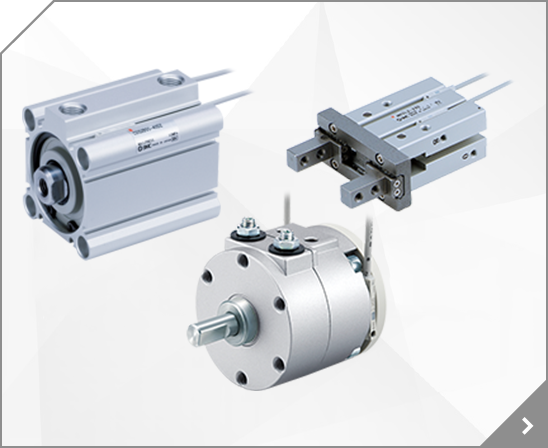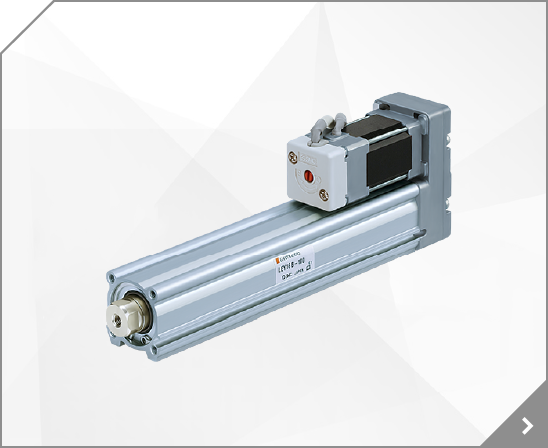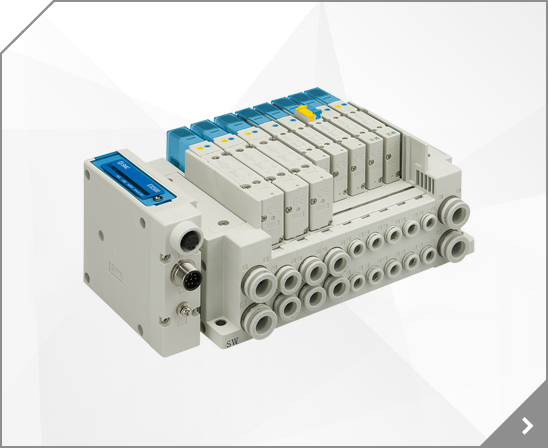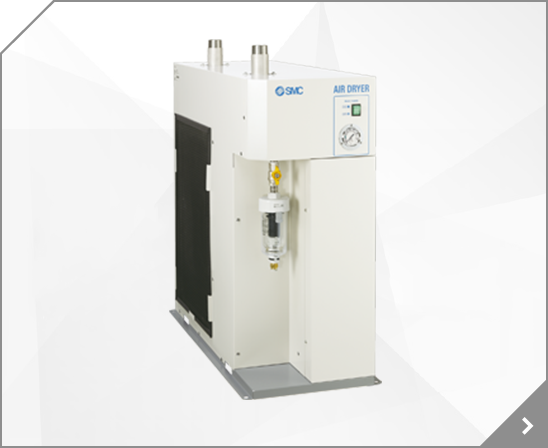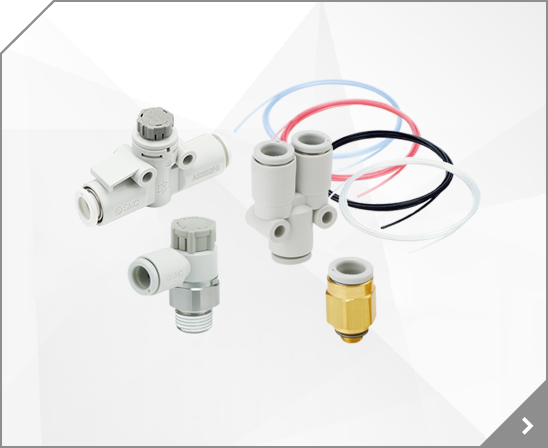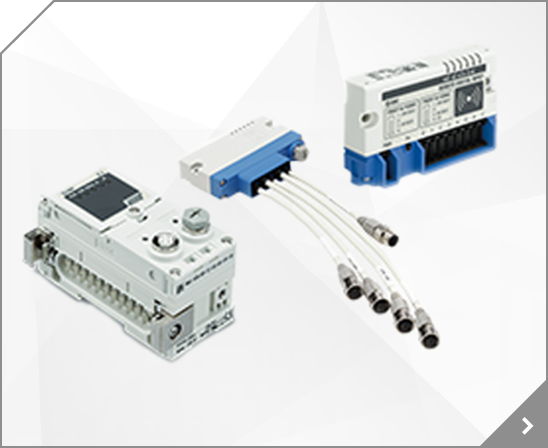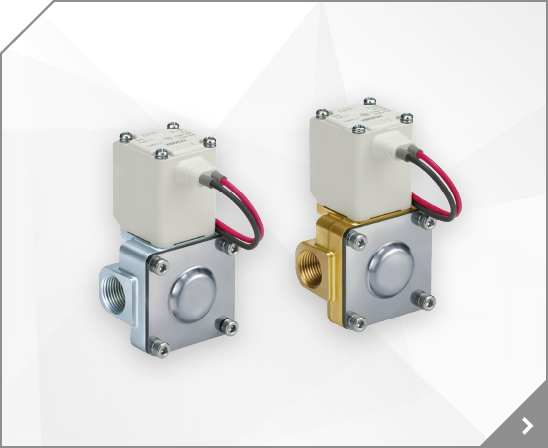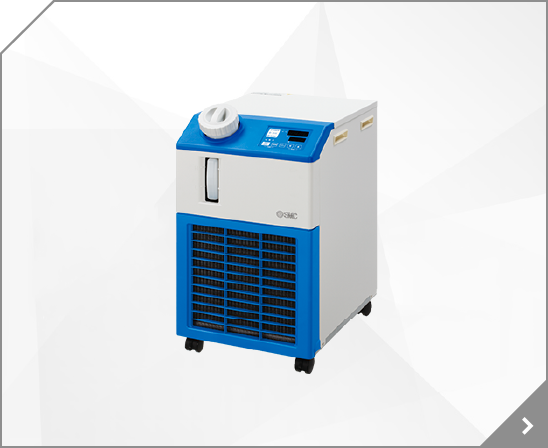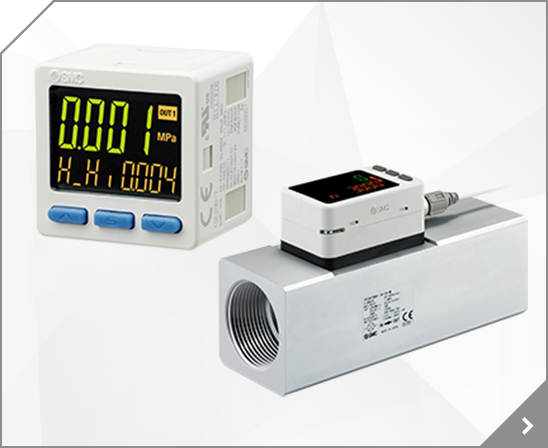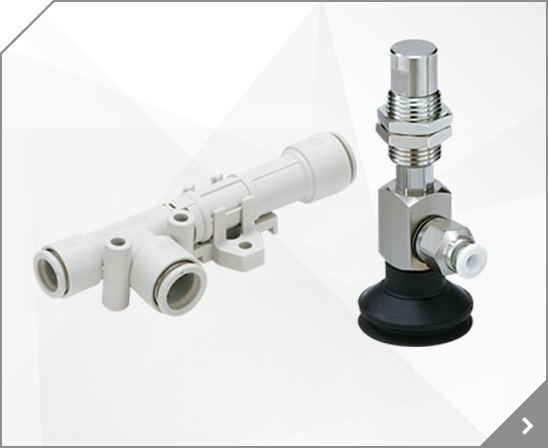
Magnet: None, Mounting: Basic, Bore: 6mm, Stroke: 150mm, Head Cover: Perpendicular to Axis, Pivot Bracket: -, Rod End Bracket: -, Auto Switch: -, Lead Wire or Prewired Connector: -, Number: -, Auto Switch Mounting: -, Cushion: Rubber Bumper, Series: J2
Magnet: None, Mounting: Double-side Bossed, Bore: 6mm, Stroke: 150mm, Head Cover: Perpendicular to Axis, Pivot Bracket: -, Rod End Bracket: -, Auto Switch: -, Lead Wire or Prewired Connector: -, Number: -, Auto Switch Mounting: -, Cushion: Rubber Bumper, Series: J2
Magnet: None, Mounting: F (Rod Flange), Bore Size: 40mm, Port Thread: Rc, Stroke: 150mm, Rod End Thread: Male Rod End
Magnet: D (Built-in Magnet), Mounting: L (Axial Foot), Cushion Type: A (Air Cushion), Bore Size: 40mm, Stroke: 150mm, Thread: Male Rod End, Rod Boot: None
Magnet: D (Built-in Magnet), Mounting: Z (Basic, w/o Trunnion Mounting, Female Thread), Cushion Type: A (Air Cushion), Bore Size: 40mm, Stroke: 150mm, Thread: Male Rod End, Rod Boot: None
Magnet: D (Built-in Magnet), Mounting: B (Basic), Bore: 32mm, Thread: TN (NPT), Stroke: 150mm, Rod Boot: None, Cushion: Air Cushion
The new style MGP has a shorter guide rod and thinner plate resulting in a weight reduction of up to 17% over the original MGP. The series is designed for high side load applications found in material handling, lifting and stopping. The cylinder utilizes an ultra-compact design by incorporating the cylinder body as part of the guide body. As the stroke length increases, so does the bearing
Auto switches are integrated as standard.Slider style: slide bearing, Bore sizes: 6, 10, 15, 20, 25, 32, and 40 *, Strokes from 50mm through 1000mm, Available with high or low magnetic holding force, Available with shock absorbers, "CY1S, CY1, RODLESS CYLINDER, N lb
Auto switches are integrated as standard.Slider style: slide bearing, Bore sizes: 6, 10, 15, 20, 25, 32, and 40 *, Strokes from 50mm through 1000mm, Available with high or low magnetic holding force, Available with shock absorbers, "CY1S, CY1, RODLESS CYLINDER, N lb
The MB series medium duty tie rod cylinder offers an improved design that enhances cylinder operation and ease of use. The standard air cushion utilizes a floating cushion seal to eliminate piston rod bouncing. The cushion volume has been elevated permitting about 30% more allowable kinetic energy absorption. The port and captive cushion adjustment valve are located on the same side of cap
The MB series medium duty tie rod cylinder offers an improved design that enhances cylinder operation and ease of use. The standard air cushion utilizes a floating cushion seal to eliminate piston rod bouncing. The cushion volume has been elevated permitting about 30% more allowable kinetic energy absorption. The port and captive cushion adjustment valve are located on the same side of cap
The MB series medium duty tie rod cylinder offers an improved design that enhances cylinder operation and ease of use. The standard air cushion utilizes a floating cushion seal to eliminate piston rod bouncing. The cushion volume has been elevated permitting about 30% more allowable kinetic energy absorption. The port and captive cushion adjustment valve are located on the same side of cap
The MB series medium duty tie rod cylinder offers an improved design that enhances cylinder operation and ease of use. The standard air cushion utilizes a floating cushion seal to eliminate piston rod bouncing. The cushion volume has been elevated permitting about 30% more allowable kinetic energy absorption. The port and captive cushion adjustment valve are located on the same side of cap
The MB series medium duty tie rod cylinder offers an improved design that enhances cylinder operation and ease of use. The standard air cushion utilizes a floating cushion seal to eliminate piston rod bouncing. The cushion volume has been elevated permitting about 30% more allowable kinetic energy absorption. The port and captive cushion adjustment valve are located on the same side of cap
The MB series medium duty tie rod cylinder offers an improved design that enhances cylinder operation and ease of use. The standard air cushion utilizes a floating cushion seal to eliminate piston rod bouncing. The cushion volume has been elevated permitting about 30% more allowable kinetic energy absorption. The port and captive cushion adjustment valve are located on the same side of cap
The MB series medium duty tie rod cylinder offers an improved design that enhances cylinder operation and ease of use. The standard air cushion utilizes a floating cushion seal to eliminate piston rod bouncing. The cushion volume has been elevated permitting about 30% more allowable kinetic energy absorption. The port and captive cushion adjustment valve are located on the same side of cap
The MB series medium duty tie rod cylinder offers an improved design that enhances cylinder operation and ease of use. The standard air cushion utilizes a floating cushion seal to eliminate piston rod bouncing. The cushion volume has been elevated permitting about 30% more allowable kinetic energy absorption. The port and captive cushion adjustment valve are located on the same side of cap
non-rotating rod, double rod and many more.Standard: double acting single rod , Bore sizes: 32, 40, 50, 63, 80, 100, 125 * , Strokes from 25mm through 1500mm depending upon bore size , Mounts: basic, foot, front and rear flange, single or double clevis, and center trunnion , With or without rod boot , Variety of switches and a variety of lead wire lengths, "CYL, MB-Z, TIE ROD CYLINDER, N
The MB series medium duty tie rod cylinder offers an improved design that enhances cylinder operation and ease of use. The standard air cushion utilizes a floating cushion seal to eliminate piston rod bouncing. The cushion volume has been elevated permitting about 30% more allowable kinetic energy absorption. The port and captive cushion adjustment valve are located on the same side of cap
The MB series medium duty tie rod cylinder offers an improved design that enhances cylinder operation and ease of use. The standard air cushion utilizes a floating cushion seal to eliminate piston rod bouncing. The cushion volume has been elevated permitting about 30% more allowable kinetic energy absorption. The port and captive cushion adjustment valve are located on the same side of cap
